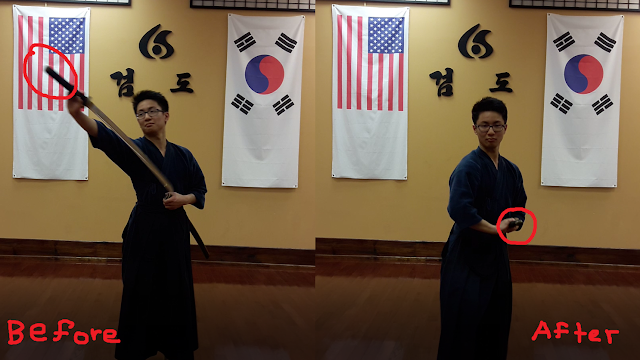My ted talk was awful. I was not able to present my whole script because I forgot half of my conclusion and endings, I did not even use 5 of my power point slides, and I did not check the size of the stage prior to the presentation, and I messed up big time performing Chosun Saebub.
Basically I needed enough space to take at lest 4~5 big steps for Chosun Saebub, and I did not notice that the stage was much smaller than that before my talk. So when I got up on stage trying to be all calm and chill, I saw how small the stage was, and from that moment I knew I messed up. I realized I was gonna have to shuffle my legs so awkwardly, and it really disturbed my focus. Whenever I think of shuffling I think of these two fools...
sorry
So yeah, I was very disturbed on stage. Thankfully though, I think I shuffled pretty well, even better than those two above. Unfortunately, after I finished performing my mind kind of blacked out. I completely forgot about my note cards, and I did not remember a single word from my script. Not knowing the words from my script, I could not even turn the power point slides. So basically I mumbled on with some really bad rap up and message. I feel extremely ashamed for not using the slide that had the Mr. Mcdaniel's bear stick, because I was so freaked out because of stage fright and embarrassment.
Oh by the way, I only did 4 of the 12 movements on stage, regarding the time limit I had, but here is the whole thing.
In conclusion, my ted talk was a fail. I stuttered my whole script, I failed to engage with the audience and I did not even show what I have accomplished over the past 6 weeks. I was disappointed in my ability in public speaking, and realized how different it is to present in English in front of a stage, instead of Korean. However that is not my excuse, because it is something I must overcome with countless practice and dedication. This failure was a moment of realization how much I suck, literally, in presentations, and I MUST MUST MUST practice until I can call myself Ryan Zhao.
Thanks for the awesome project gifted, see you later.
P.S. I might be updating this blog later on related to my Kumdo life other than Chosun Saebub. So if you're interested, you are more than welcome to check it out! BYE
.














